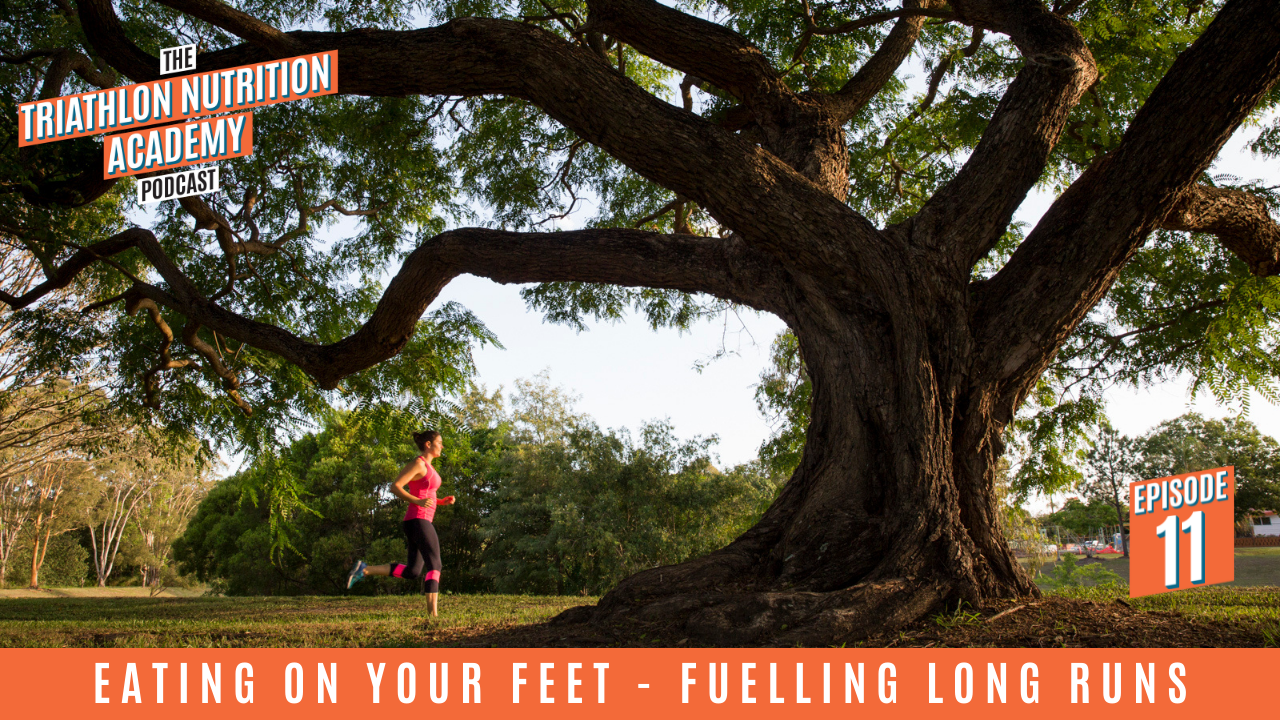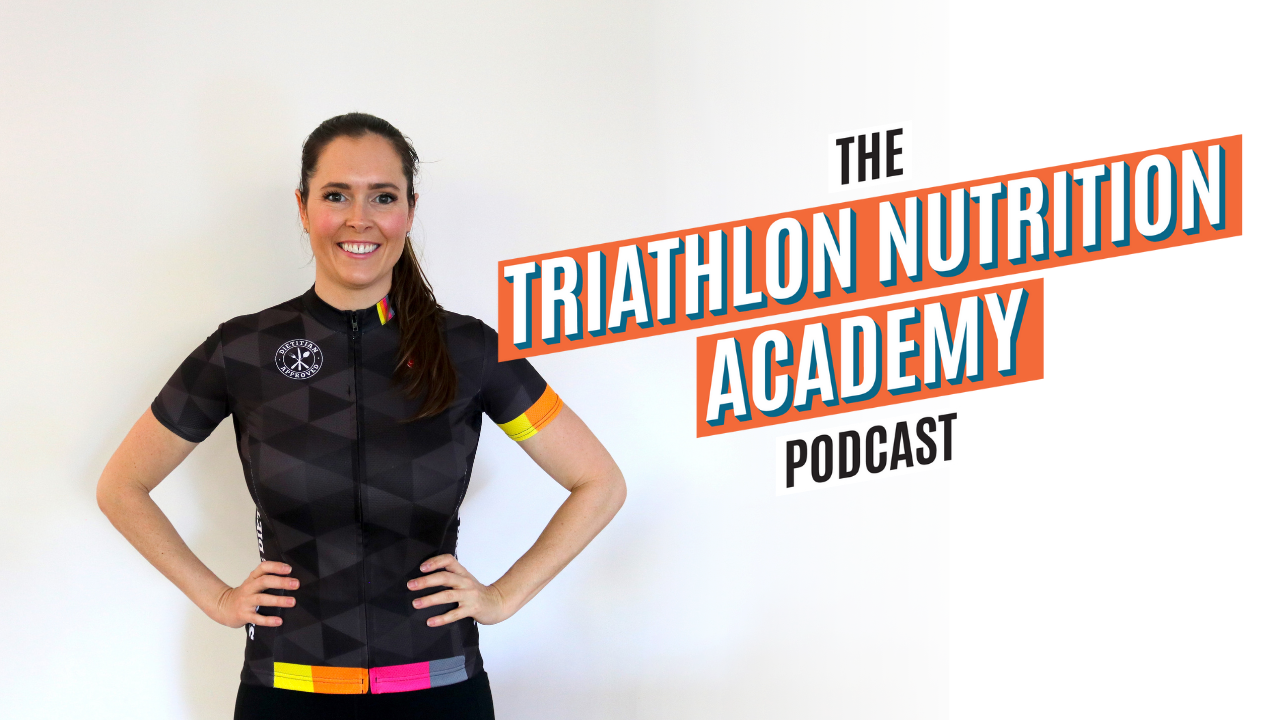Eating on your Feet: Fuelling Long Runs

Eating on your Feet: Fuelling Long Runs
It can be a challenge to eat and drink when you’re running. Your tummy is jiggling up and down, it’s hard to breathe and chew. It’s also common to experience gut symptoms like nausea, bloating, diarrhoea and vomiting.
Here are some practical strategies to help you eat on your feet:
-
Practice!
- If you’re not used to doing anything at all, start with just a small sip of water and slowly build up over time
- Your gut is very trainable - start building up slowly, being gradual, and being consistent to your approach to fuelling
- Assist with increased blood flow to the gut by taking on small amounts of nutrition, more frequently instead of a whole gel or bar at a time
- Avoid following carbohydrate targets per hour you’ve pulled from the internet – this is a recipe for disaster
-
Have a periodised approach
- You don’t need to fuel the same all year round
- Focus on building up your gut tolerance in the lead up to races and back off in your offseason
- There are times for aggressive fuelling on your feet and times where you may focus on other adaptations such as using up your glycogen stores
- Structure and purpose behind fuelling is important!
-
Consider your overall carbohydrate intake
- If you don’t eat many carbs throughout the day usually, you will struggle to digest them in training/racing situations
- Your gut needs to be trained to know how to deal with carbohydrates in everyday life so that it can adapt to race day scenarios
- Start to introduce carbohydrates into your day – this will help increase our carbohydrate digestion enzymes overtime and improve the absorption from our stomach into our bloodstream
-
Pre-running fuel
- If you really struggle with nutrition while running, it is worth looking into your pre fuelling approach and being more aggressive with it – this can be a way to get fuelling in to start with, without worrying about it during a run
- People struggle to tolerate certain things before running. This is usually specific to the person and it’s worth trying to understand why this is and what the symptoms are
-
Recovery
- Recovery after runs is very important, especially after long runs. You are at risk of low energy availability and therefore not having enough energy to support your daily body functions, let alone training
- You are also risking injury and illness as a result
-
On and Off-season strategies
- Off-season – lots of real foods and training our fat burning pathways
- In-season – focus on gut training to build tolerance for nutrition
- It’s important to have a strategy around what you’re doing for each season from a training and fuelling perspective, alongside any other goals you may have
-
Practicalities
- How are you going to carry food/drink?
- Might need to come up with ways to store/transport your nutrition whether that’s stashing some water bottles in a tree around your run loop or investing in a fuel belt, Cambelbak or racing run vest to carry gels, chews, lollies and bottles
These are some of the key things to think about when you're trying to eat on your feet.
The biggest one is to make sure you practice, practice, practice. Never try anything new on race day. If you’re somebody that doesn't think you can tolerate nutrition when running, then I promise you, you can. You just need to start somewhere. Start small and build it up slowly over time.
To go deeper, listen to the Triathlon Nutrition Academy Podcast Episode 11: Eating on your Feet - Fuelling Long Runs for more!




